These images from DC Thomson’s archive chart the historic moment the RRS Discovery made her last-ever voyage exactly 30 years ago.
RRS Discovery finally docked in her permanent new home at Discovery Point on September 26 1992 after being brought home to the Tay in April 1986.
She was moved from Victoria Dock under the Tay Road Bridge and docked alongside the new £6m purpose-built visitor centre which was still under construction.
As part of this significant milestone, Dundee Heritage Trust is asking people to share their memories of that day and their experience of what the ship means to them.
One person who remembers it well is boat builder Harry Simpson.
Harry, 70, is the former co-owner of MacKay Boat Builders in Arbroath and has worked extensively on Discovery since her return to Dundee from the Thames.
Harry and his son Paul Simpson, who now runs MacKay’s with his wife Lynn Cameron, were both involved in the operation to move the ship to her final home.
Harry said: “When I first started working on Discovery, I was completely amazed at the construction and strength of the ship.
“Wooden and steel ships can both be crushed by ice, but Discovery sat there in the ice for months and still came back to Dundee.
“On the day of her return, people were lining the main roads, the docks and the walls along the riverside as we brought her up the river, under the Tay Road Bridge and into the dock.
“It was an honour to be involved and we practised the operation for four months beforehand, towing a caisson [floating lock gate] with a pair of tugs, taking it out to sea, bringing it back in and locking it into place.”
All the practice paid off and on a beautiful, calm day the operation went without a hitch.
The team at MacKay’s have since worked extensively on the ship, including replacing beams, teak decking, planking, frames, stanchions, top rails and bulwarks.
The last traditional three-mast ship to be built in the UK, RRS Discovery started life just a stone’s throw from what is now her permanent home at Discovery Point.
Made in Dundee
The famous vessel launched into the Firth of Tay on March 21 1901 after a year under construction at the Dundee Shipbuilders Company at a cost of £51,000.
She was the first purpose built scientific research vessel for the Polar Region, transporting a crew of 48 including Captain Robert Falcon Scott, Ernest Shackleton and Edward Wilson to Antarctica at a time when less was known about the icy continent than we now know about Mars.
The ground-breaking science carried out on this, and later expeditions, produced critical benchmark data and technological innovations that are still used by climate and environmental scientists.
In 1905 following financial problems Discovery was sold to the Hudson’s Bay Company in Canada, where she became a transatlantic cargo vessel.
Discovery saw service in the First World War transporting munitions to Russia before returning to research work in 1923.
She was to make two further voyages to Antarctica before being laid up in London, where she is fondly remembered for her long connection with the Sea Scouts, as the organisation’s training ship between 1936 and 1954.
In 1978, actor Peter Gilmore, star of the BBC TV series The Onedin Line, launched a campaign to save the Discovery, then moored in the Thames at Westminster.
Having become an internationally known sailor through the series, Gilmore also did promotional work in other countries to save old ships.
A new life for RRS Discovery
With her condition deteriorating The Maritime Trust stepped in to save her from being scrapped in 1979, investing £500,000 into her restoration.
Dundee Heritage Trust paid just £1 to the Maritime Trust for the Discovery and she departed London’s St Katharine’s Dock on March 27 1986, arriving at Victoria Dock on April 3 where she was greeted by thousands of people lining the River Tay.
Front pages at the time spoke of the “emotional and noisy welcome” the ship received with traffic chaos in full swing as everyone scrambled to catch a glimpse.
Since Discovery’s return to Dundee, the ship and its visitor centre have welcomed more than two million visitors, including The Queen in July 1987, astronauts who flew on space shuttle Discovery’s last flight in July 2011 and descendants of the original crew, including Captain Scott’s grandson Falcon Scott.
Jim Pettigrew, chair of Dundee Heritage Trust said: “The arrival of RRS Discovery in 1992 is a hugely important moment in the life of this uniquely important historic ship, finally finding her permanent home after more than 90 years’ absence.
“In many ways the fortunes of Discovery mirror those of the city itself. When she was launched, Discovery was the product of a proud city with a successful boatbuilding heritage, but both had seen their fortunes decline by the middle of the 20th century.
“Thanks to the commitment and hard work of everyone who has supported Discovery over the years, she is now permanently back home and the jewel in the crown of a revitalised, forward-looking city.”
As is common with a wooden ship of her age, the fabric of Discovery has deteriorated with an estimated £1.3m of work needed to prevent further damage.
Discovery will soon be undergoing further, specialist renovation and repair work to keep her in the best possible condition.
A £409,000 grant from the National Heritage Memorial Fund will pay for the most urgent repair work, with fundraising continuing for the remainder.
One of the world’s best-loved ships, the repair work will ensure its long-term preservation and mark a new chapter in the life of this national treasure.
Anyone wishing to share their memories of the RRS Discovery, including her final journey to her home at Discovery Point, can get in touch with Dundee Heritage Trust via their Facebook, Instagram or Twitter.
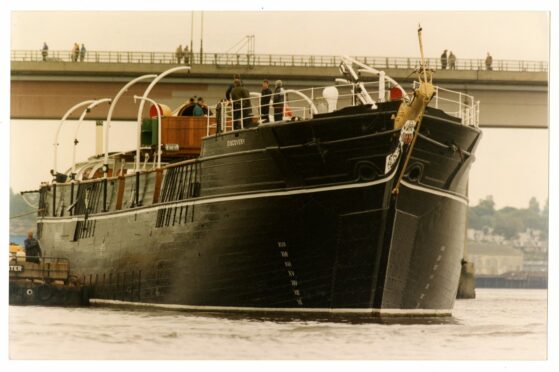
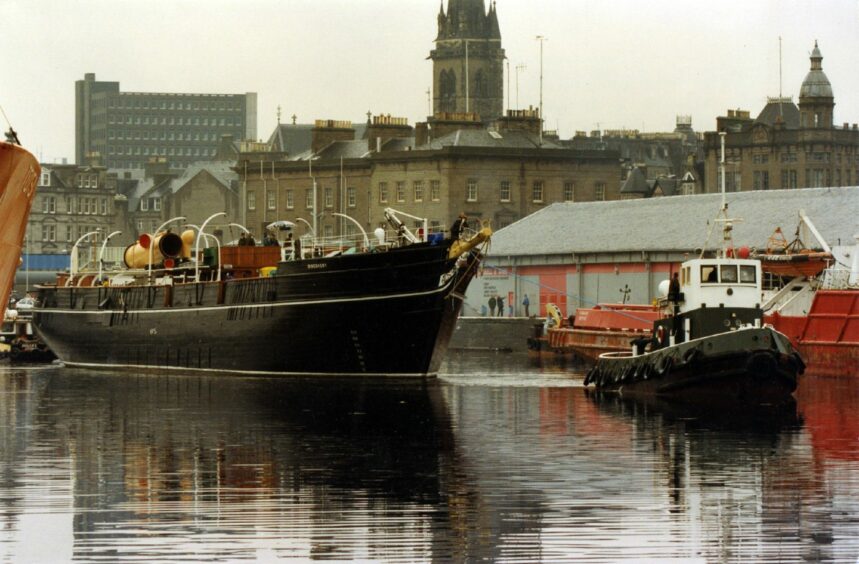
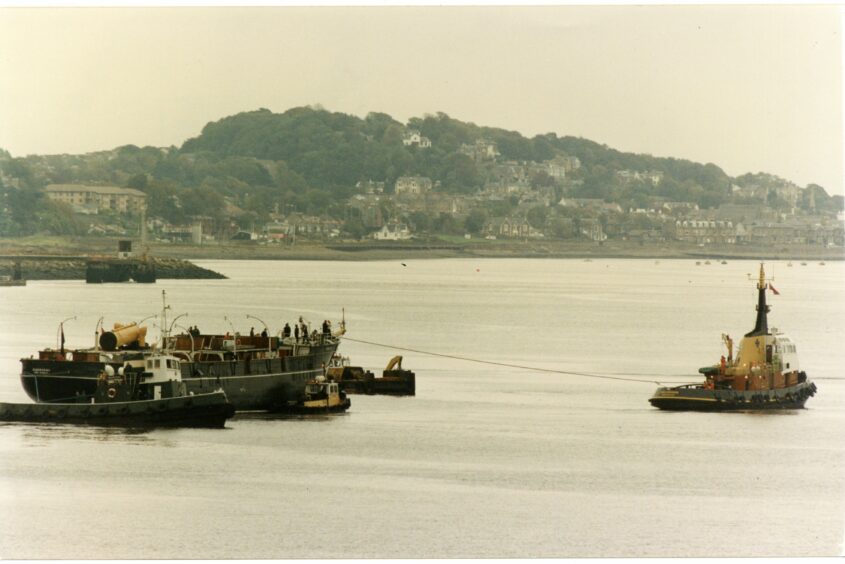
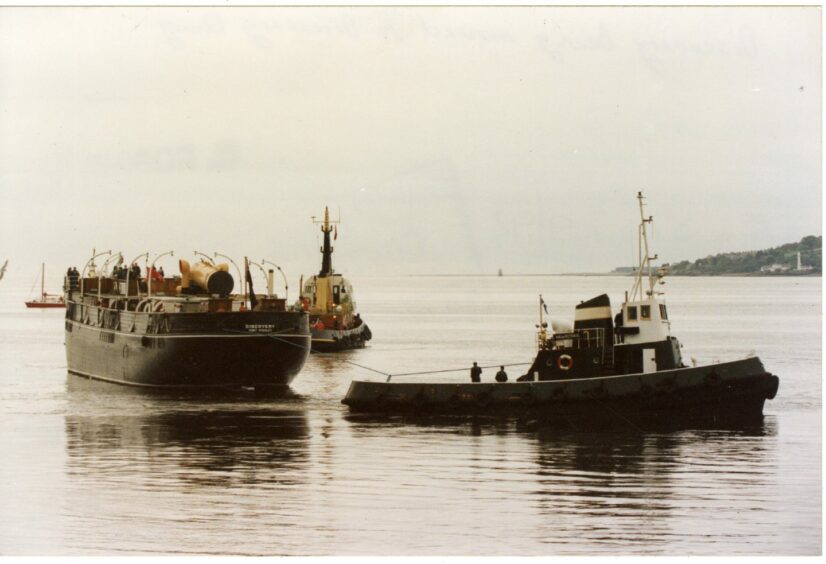
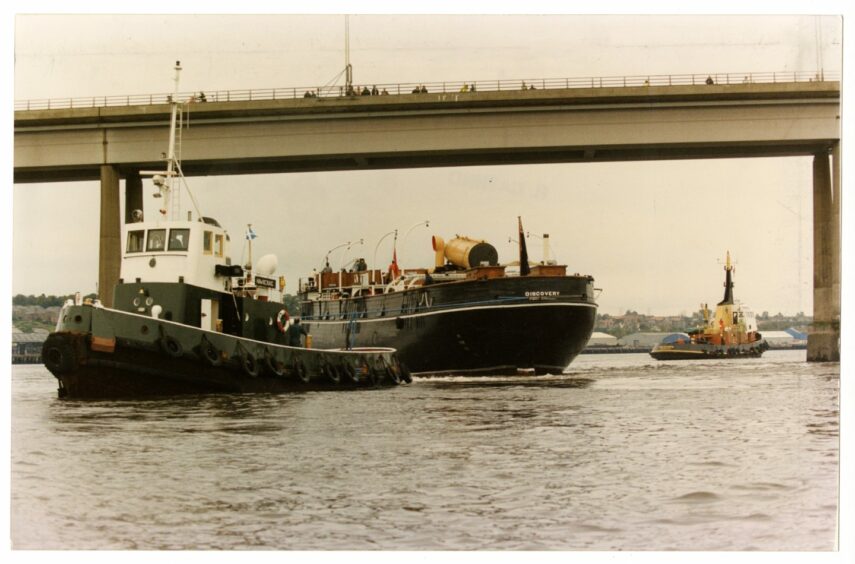
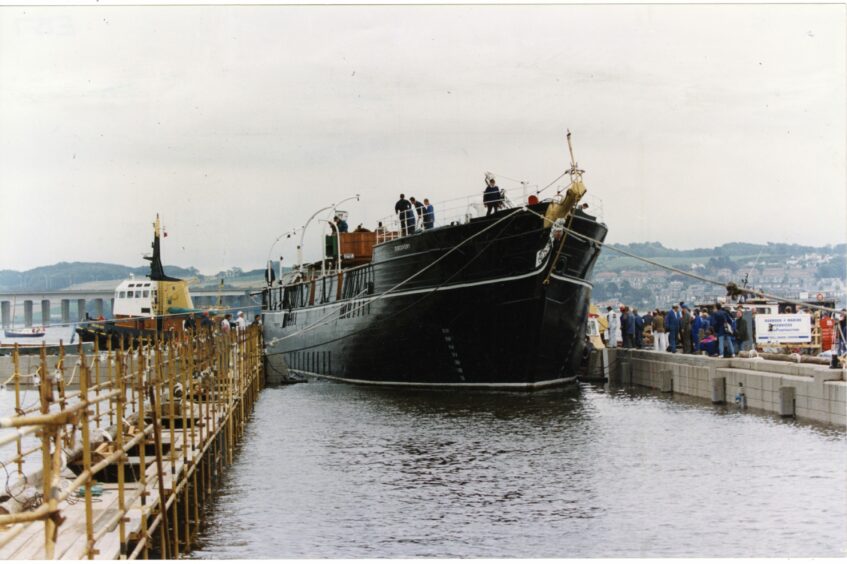
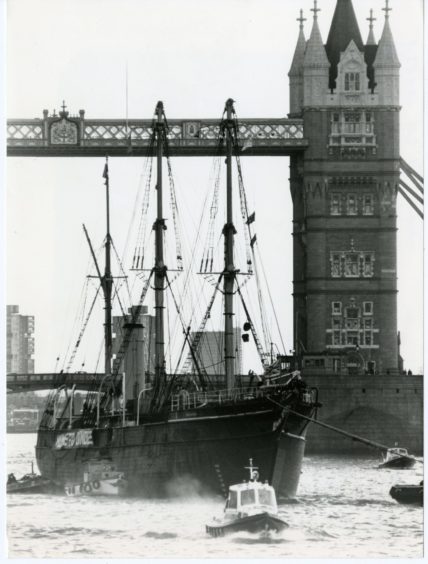
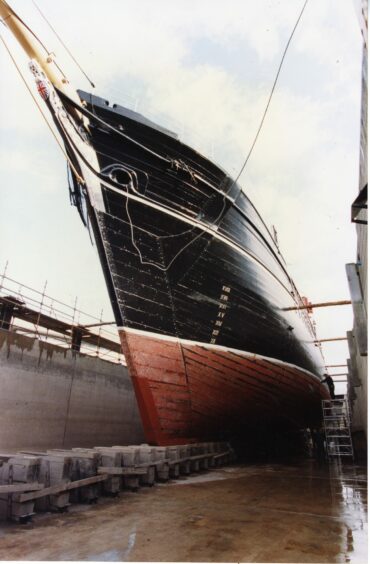
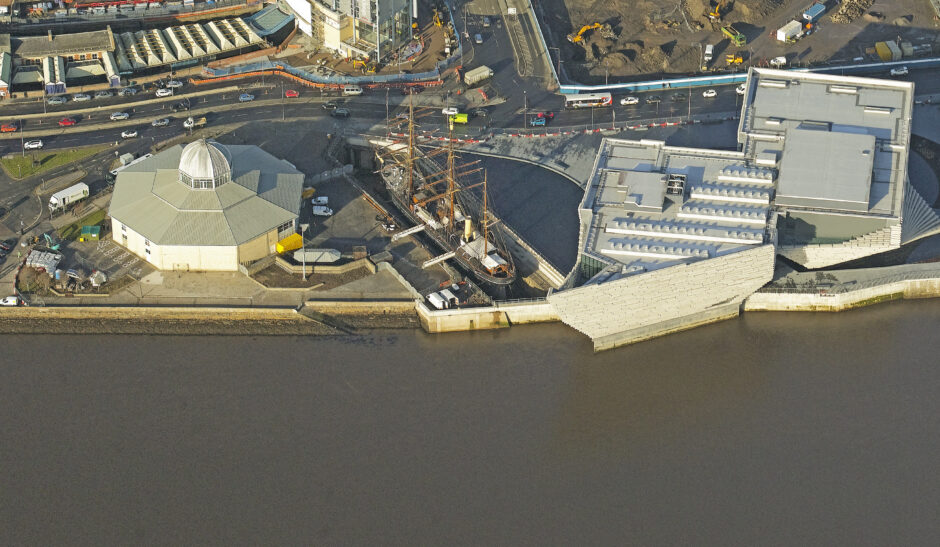










Conversation